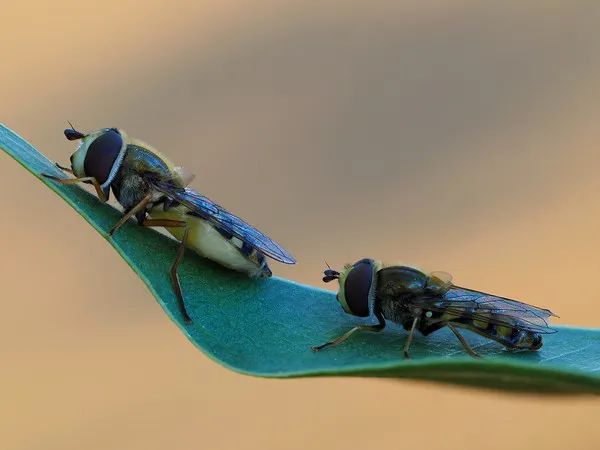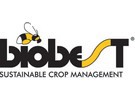As spring approaches and temperatures are on the rise, aphids are reappearing, signaling it is time to start introductions of the low temperature tolerant, generalist aphid predator Eupeodes-System – says Koen Merkus, IPM and Pollination Specialist.
Low temperature tolerant
“While most hoverflies have an optimum temperature range falling within 20-35°C, Eupeodes corollae is different - preferring slightly cooler conditions,” he says. “This voracious aphid predator remains active down to 10°C, making it ideal for kickstarting aphid control programs in a variety of spring crops – while its optimum range is 15-25°C.”

Generalist aphid predator
“While parasitic wasps such as Aphidius-System remain the backbone of aphid control programs, they don’t parasitize all aphid species,” he explains. “Chaetosiphon fragaefolli commonly found in strawberry crops; Amphorophora spp. and Ericaphis scammelli, which target raspberries and blueberries respectively; and species such as Rhododendron aphid (Illinoia lambersi) are just a few examples of aphids that are challenging to control.”
“This leaves an important role for generalist predators such as Eupeodes-System in soft fruits, but also in peppers - which are vulnerable as they come under attack from multiple aphid species.”
Targeting aphid colonies
“Eupeodes-System is versatile, with the larvae consuming between 500 and 1000 aphids while the nectar and pollen-feeding adult hoverflies can contribute to crop pollination,” he explains.
“The adults are highly mobile, able to quickly spread through a crop. Adapted to searching out aphid colonies in which to lay their eggs, they often seek out pest outbreaks before they’ve been scouted in the crop. Over a three-week period, these long-lived Eupeodes adults can lay over 800 eggs.”
Start introductions from spring
Koen recommends starting Eupeodes-System introductions preventatively, at a low rate, and over three consecutive weeks, from spring onwards - when aphids are generally expected to appear. In cases where the first aphids are already scouted, these rates may be increased.
“However, keep in mind that for good establishment and development, the larvae need large numbers of aphids, while the adults benefit from the availability of open nectar-pollen bearing flowers in the crop,” he says. “In the absence of suitable crop flowers, we recommend introducing companion plants – for example, Lobularia maritima - which supply nectar and pollen to support hoverfly establishment.”
To maximize emergence, Koen recommends introducing Eupeodes-System pupae in well-spaced Bio-Boxes, hung away from the ground in the shade.
As season progresses
Hoverflies are highly compatible with other aphid control products, including parasitoids, as the larvae prefer to eat non-parasitized aphids. Optimizing efficiency from the parasitized aphids, a further generation of parasitoids emerges.
“Depending on the geography, as the season progresses and temperatures soar, it can be advisable to switch to Sphaerophoria-System,” he says. “With a higher optimum range of 25-35°C, this hoverfly species tolerates temperatures up to 40°C. However, Eupeodes-System comes back to the fore in the autumn, as temperatures start to fall.”
“In combination with Sphaerophoria-System, these two important hoverfly controls can provide season-long generalist aphid control - complementing parasitoid programs.”

